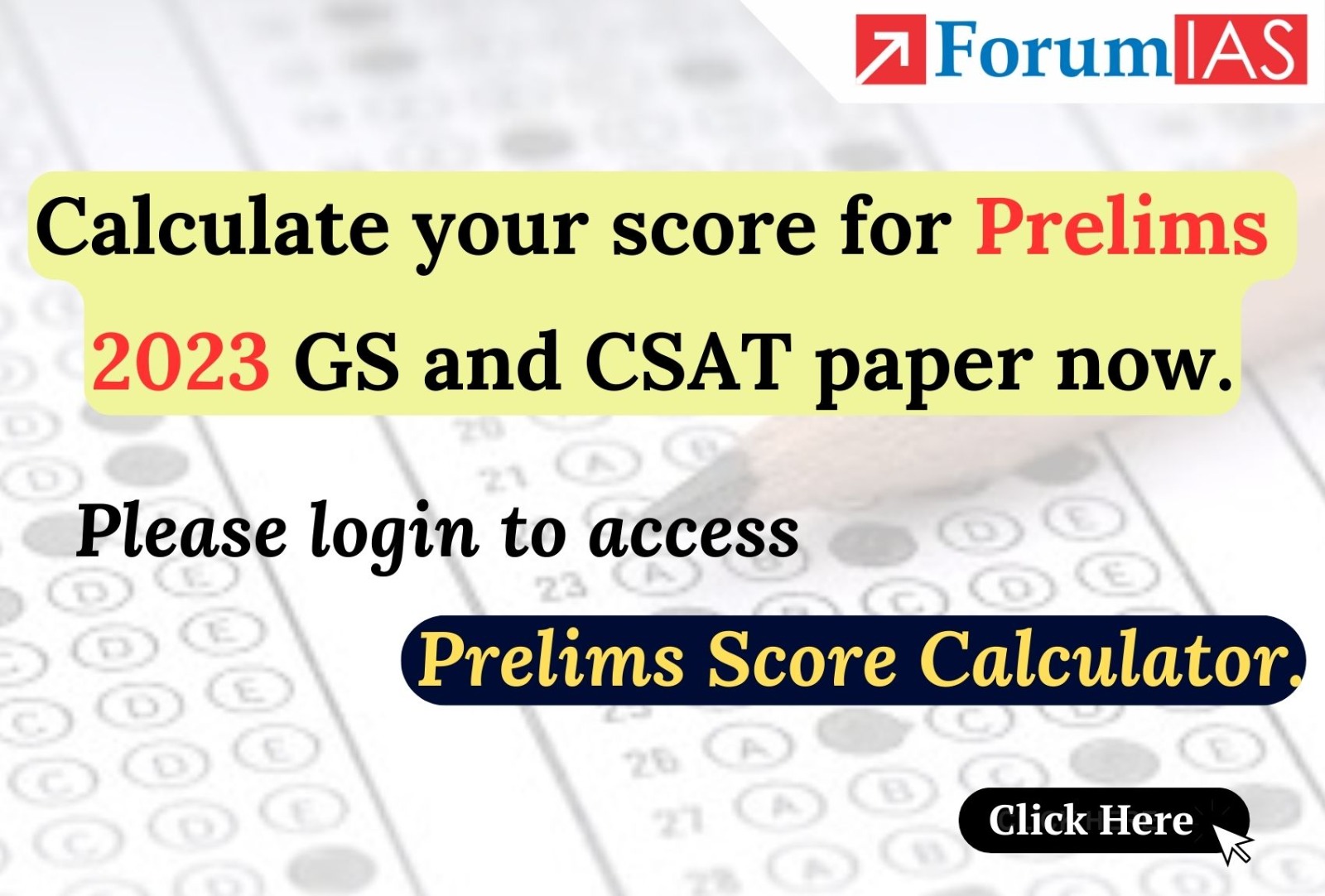I still don't know how to interpret that.
a) Should we take it that A law is invalidated based on its infringement upon the enforceable part (FR as an example), and not due to its infringement upon the preamble. Which means irrespective of the presence of that particular concept in Preamble, it's the presence of that concept in FR that makes it enforceable thereby giving no legal effect to preamble. This makes UPSC option A correct
b) If we take it that certain concepts in the preamble (example equality) that are found in the enforceable part of the constitution (FR) indirectly get executed when the FRs are enforced. Option D could be the answer. Here again, it's not the entire preamble as such but particular concepts that it comprises and depends on the current legal question. If the UPSC question talks of the Preamble in general and not individual concepts, it could again amount to option A being the answer.
Nagarjuna Srisailam TR alone has a core area of around 1200sq.km. This is the actual notified area. An extended core exists in the Gundla Brahmeshwar am WLS which when added would bring the core area around 2500sq.km. However Gundla Brahmeshwaram is not yet notified as a Tiger reserve despite having a good tiger population and there are various requests to make it a TR since 2018. Therefore taking only Nagarjuna Srisailam into account , core area is lesser than Sunderbans. NSTR's official website however mentions about actual and extended core. While talking of only NSTR it however says only 1200sq.km as core. PS: I had read about this even before exam because I wanted to know which TR is larger after Amrabad was carved out, but ended up marking NSTR in the exam because I thought UPSC would take a broad view (ie 2500sq.km) . In actual sense that's however wrong.
PS: I had read about this even before exam because I wanted to know which TR is larger after Amrabad was carved out, but ended up marking NSTR in the exam because I thought UPSC would take a broad view (ie 2500sq.km) . In actual sense that's however wrong.





